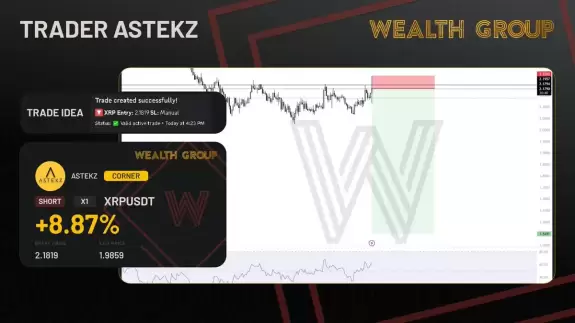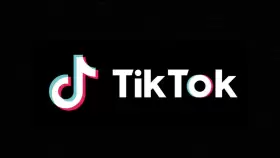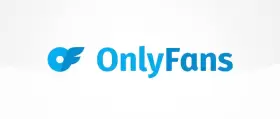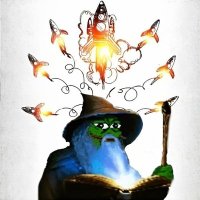Communtity feeds
-

- Twitter source
- Cointelegraph Apr 03, 2025 at 03:10 am
-

- Twitter source
- CrediBULL Crypto Apr 03, 2025 at 02:16 am

-

- Twitter source
- Whale Insider Apr 03, 2025 at 01:57 am
-

- Twitter source
- Crypto Rover Apr 03, 2025 at 01:54 am
-

- Twitter source
- Altcoin Daily Apr 03, 2025 at 01:35 am
-
-

- Twitter source
- WIZZ🥷( beware scammers ) Apr 03, 2025 at 01:15 am
Someone save $ETH -
- Twitter source
- {{val.author }} {{val.createtime }}









































































